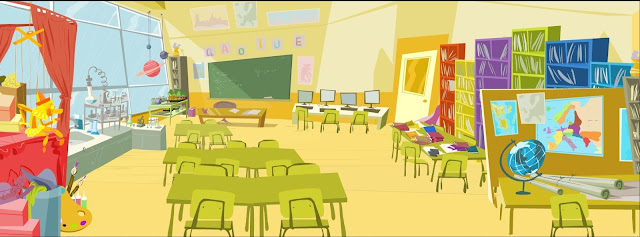
Mariíta Huezo (1909-1931)
(foto inédita facilitada por el Dr. Erwing Kruger)
Eran las 10:20 de la mañana del Martes Santo, 31 de marzo de 1931. Un violento terremoto sacudió la capital sorprendiendo a muchos que atestaban los mercados Central Y San Miguel. Maríta Huezo, bella joven de 22 años, se bañaba, y al tratar de huir de los escombros que le caían por todos lados, una gran viga o solera le cayó sobre el pecho quitándole la vida. Maríta era muy apreciada por la sociedad de entonces. Vivaz, generosa, amistosa, muy católica y conocida por todos.
La nota triste la puso el obispo de Granada, monseñor José Canuto Reyes y Balladares. El domingo 5 de abril, hizo que en todos los templos de la diócesis se leyera una carta pastoral que se consideró una ofensa. Expresó que el terremoto era un castigo divino porque los pobladores de Managua llevaban una conducta libertina y licenciosa, vivían en bacanales. Llamó a las madres que no cuidaban a sus hijas “lobas o bobas”.
En Managua la reacción fue de indignación por la carta. La señorita Mariíta Huezo Ortega, era sobrina de monseñor Lezcano y Ortega. Don Francisco Huezo, su padre, publicó una carta y en uno de los párrafos escribió: “Si el Obispo de Granada hubiera conocido a mi hija, la hubiera estimado en los quilates de virtud y alta dignidad que tenía, con una firmeza de carácter superior a su edad, y lo hubiera meditado bastante antes de ofender su memoria y a su familia y a la sociedad, que tanto le quería, porque la conocía bien”.
Yo siempre quise conocer a Mariíta y nunca encontré fotos de ella hasta que el Dr. Erwin Kruger me facilitó una de su album familiar. Mi abuela me contaba de Mariíta y su tragedia en la flor de su vida. Que sirva este pequeño reportaje como un homenaje a su memoria.
Existe un documental musical llamado Romance Oriental, realizado por Bernard Gordillo en memoria de Mariíta con música del compositor nicaragüense Luis Abraham Delgadillo: http://archivo.foronicaraguensedecultura.org/2014/02/01/mariita-huezo-una-impresionante-historia-del-terremoto-de-1931/






